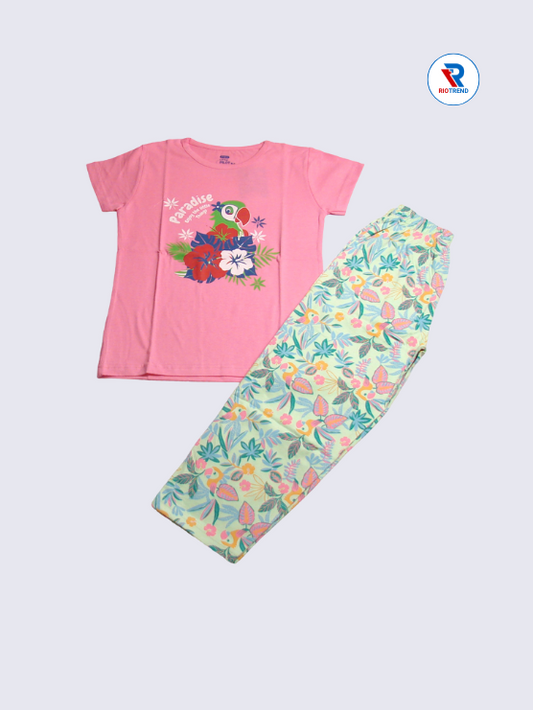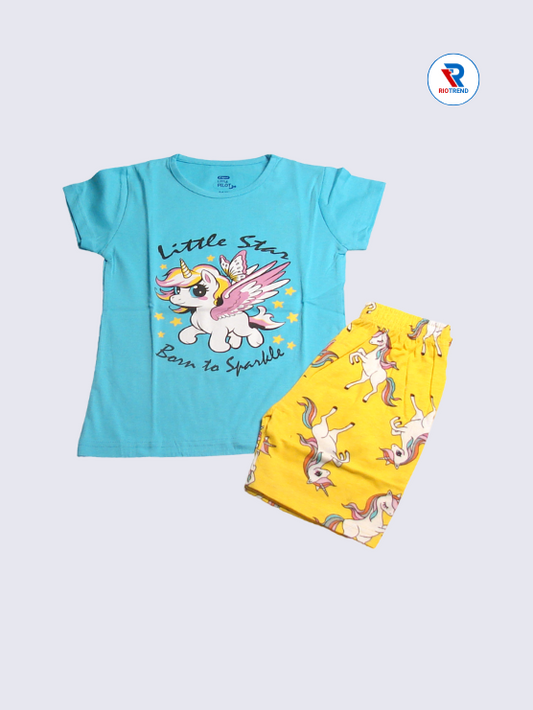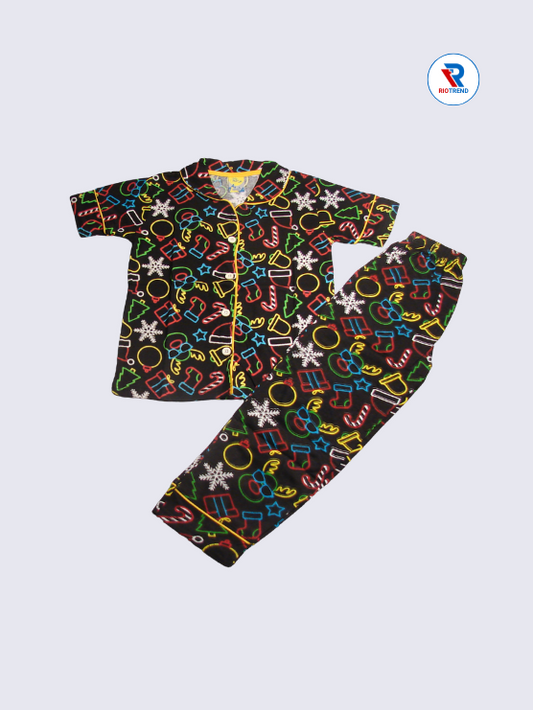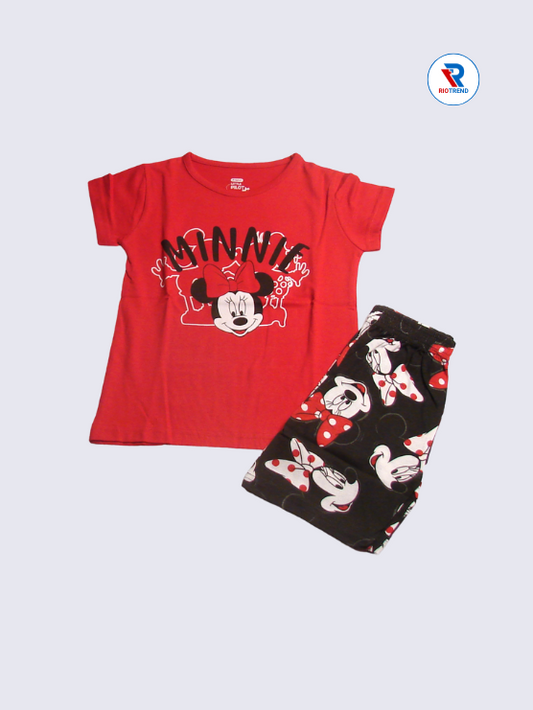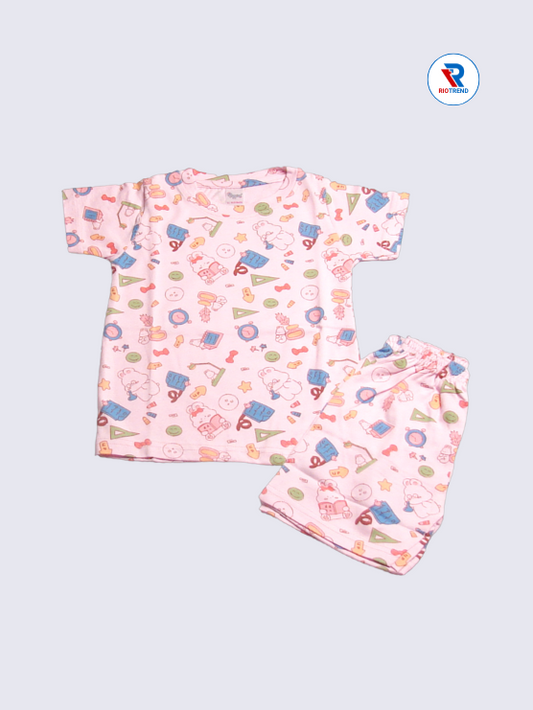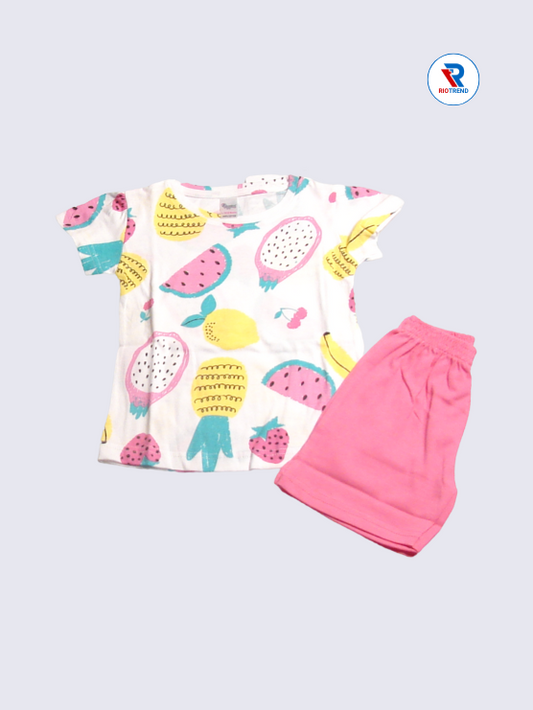Whether you’re just starting or looking to expand your existing collection, building a book collection is an exciting and rewarding journey. A thoughtfully curated bookshelf not only enhances your home but can also reflect your tastes, interests, and intellectual curiosity. But how do you go about selecting the right books and making your collection meaningful? In this post, we’ll guide you through the process of building a book collection you’ll love – one that suits your reading style, fits your lifestyle, and grows with you over time.
1. Define Your Interests and Reading Goals
Before diving into your book-buying adventure, take some time to think about what kind of books will truly bring you joy and help you meet your reading goals. Consider your reading habits, interests, and aspirations for your collection. Are you someone who gravitates toward fiction or non-fiction? Do you have a particular genre, author, or subject matter you’re passionate about?
Questions to ask yourself
- What genres do I enjoy most (e.g., fantasy, romance, history, biography)?
- Are there specific themes or topics I want to explore further (e.g., mental health, personal development, world history)?
- Do I want to build a collection around one author or literary movement?
- Are there specific book series or classics I’d like to complete?
Defining these parameters will make it easier to narrow down your options and start selecting books that align with your reading tastes.
2. Start with the Books That Resonate with You
Once you’ve defined your interests, start by building your collection around books that resonate with you on a personal level. This may include your favorite novels, books that left a lasting impact, or works that have inspired you throughout your life. Don’t feel pressured to collect books based on trends or what others are reading; instead, focus on books that truly reflect who you are as a reader.
Ideas for books to begin with
- Classics: Add timeless literary works by authors such as Jane Austen, F. Scott Fitzgerald, and Charles Dickens. These books often have a rich cultural significance and can become the foundation of a diverse collection.
- Favorite Authors: Consider collecting works by authors you admire. If you’re a fan of J.K. Rowling, for example, you could gather not only the Harry Potter series but also her other books, including The Casual Vacancy and the Cormoran Strike series.
- Books that Impacted Your Life: If certain books have profoundly influenced your thinking or perspective, make them a central part of your collection. Whether it’s a self-help book, a philosophical text, or a favorite memoir, these can anchor your collection in meaningful ways.
3. Diversify Your Collection
While it’s tempting to focus on one type of book, diversifying your collection will keep things interesting and help you discover new genres and voices. Building a collection that spans different genres, authors, and periods will offer a well-rounded reading experience and allow you to grow as a reader.
How to diversify your collection
- Explore Different Genres: Branch out and explore books in genres you haven’t read much of before. If you’re typically into romance, try reading science fiction or historical fiction. If you love thrillers, check out memoirs or biographies.
- Look for Books from Different Cultures: Add books that highlight different cultural perspectives and experiences. You could explore works in translation or dive into global literature to expand your understanding of the world.
- Read Across Time Periods: Don’t limit yourself to contemporary works. Includes a mix of classic novels, modern bestsellers, and lesser-known works from various literary movements and periods.
Diversifying your collection will make your bookshelf more interesting and will ensure you always have something new to dive into.
4. Set a Budget and Pace Yourself
Building a collection doesn’t need to be rushed. It’s easy to get caught up in buying every book that catches your eye, but instead, consider building your collection thoughtfully over time. By setting a budget and sticking to a plan, you can ensure that you’re making smart purchases while curating a collection you truly love.
Tips for staying within budget
- Prioritize: Make a list of the books you most want to add to your collection and prioritize the ones that are most meaningful to you. Focus on quality over quantity.
- Look for Deals: Don’t forget to check online bookstores, thrift stores, or secondhand bookshops for deals and rare finds. Often, you can score classic or out-of-print books at a lower cost.
- Use Library Sales: Many libraries have sales of used books, and these are great places to find affordable copies of books you want to add to your collection.
- Gift Books: Let friends and family know about your book collection goals. They might gift you books you’ve been eyeing, adding to your collection for little to no cost.
Building a collection over time allows you to stay on track financially while still growing your library.
5. Consider Book Condition and Format
When you’re collecting books, it’s important to think about the condition and format of each book you acquire. This can affect both the aesthetic of your bookshelf and the overall enjoyment of reading.
What to consider
- Hardcover vs. Paperback: Some collectors prefer hardcover editions because they tend to last longer and look great on a shelf, but paperbacks are often more affordable and portable. Decide which format suits you best for each book.
- First Editions and Special Editions: If you’re an avid collector, you may want to seek out first editions, signed copies, or special collector’s editions of your favorite books. These can be more expensive, but they often have unique value, especially for rare or popular works.
- Condition: If you’re buying secondhand books, pay attention to the condition. Collecting books in excellent condition can increase the value and overall aesthetic of your collection. However, don’t be afraid to buy books with a little wear if it adds character.
6. Create a Home for Your Collection
A well-organized bookshelf is just as important as the books you fill it with. As you add more books to your collection, it’s essential to have a space where you can display them in an organized, accessible way.
Tips for organizing your bookshelf
- Group by Genre: If you enjoy books across various genres, grouping them by category (fiction, non-fiction, fantasy, history, etc.) can help you quickly locate what you're in the mood for.
- Alphabetize by Author: For a more streamlined approach, you can alphabetize books by author’s last name. This is particularly useful if you’re collecting multiple works from the same writer.
- Designate Space for New Acquisitions: Set aside a section of your bookshelf for recently purchased books or ones you still need to read. This helps keep things organized and ensures you don’t forget about a new acquisition.
- Display Favorites: Showcase books that are particularly meaningful to you or that you want to reread frequently in a prominent position.
7. Stay Consistent and Keep Enjoying the Process
Building a book collection is not just about acquiring books; it’s about fostering a long-term relationship with reading. Stay consistent in adding books that excite you, and continue discovering new authors, genres, and reading experiences. Over time, your collection will evolve to reflect your changing tastes and interests.
Enjoy the journey
- Track Your Progress: Use tools like Goodreads or a reading journal to keep track of books you’ve added to your collection and which ones you’re planning to read.
- Share Your Collection: If you love books, share your collection with friends and family. Hosting a book swap or talking about your favorite books is a great way to connect with others who share your passion.
- Celebrate Milestones: Celebrate when you complete a particular series or achieve a reading goal, like finishing a shelf full of classics or collecting all of an author’s works.
Final Thoughts
Building a book collection is an exciting journey that reflects your reading preferences, personality, and goals. Whether you want to create a beautiful bookshelf filled with timeless classics or build a library of diverse, eclectic books, the key is to stay true to your interests, pace yourself, and enjoy the process.
Over time, you’ll create a collection that not only enhances your living space but also provides endless hours of enjoyment, reflection, and learning. Happy collecting!
How to Build a Book Collection FAQs
1. Where should I begin when starting a book collection?
Start with your passions—genres, authors, or topics you naturally gravitate toward. Build around what you truly love to read.
2. Do I need a big budget to build a great collection?
Not at all. You can grow your library through thrift shops, used bookstores, and library sales. It's more about quality and connection than cost.
3. How can I organize my book collection effectively?
You can sort by author, genre, theme, or even color. Choose a method that feels intuitive and makes your collection enjoyable to browse.
4. Should I only collect physical books?
Not necessarily. Some collectors mix print with eBooks and audiobooks for flexibility. It depends on your reading habits and space.
5. How do I know if a book is worth keeping in my collection?
If it sparks joy, challenges your thinking, or you’d reread it—it’s a keeper. Sentimental or rare editions also earn a permanent spot.
6. Can I display my collection creatively?
Absolutely! Use bookshelves, wall-mounted racks, or even themed nooks. Your collection can be as much décor as it is a personal treasure.



